(NLDO) - Japan "wins over" tourists with its unique culinary culture with elaborately prepared dishes that are both beautiful and delicious.
Soba noodles
Noodles made from buckwheat flour, can be eaten hot or cold. Some types of soba are eaten all year round, while others are eaten seasonally. Toshikoshi soba is eaten on New Year's Eve. Soba noodles are easier to cut than other types of noodles, so eating soba noodles symbolizes "saying goodbye to the bad luck of the old year and welcoming good luck in the new year."

Soba is healthy and affordable, so it is easy to find all over Japan. At many train stations, you can find soba restaurants that serve standing-up food while you wait. Don't be surprised to hear people slurping noodles loudly, slurping soup without a spoon... this both enhances the taste and reduces the heat of the noodles.
Shabu Shabu hot pot
When you go to Japan, you have to sniff the Shabu Shabu hot pot to be complete. Shabu Shabu comes from the sound made when dipping meat into the pot. The main ingredients include meat, thinly sliced vegetables, cabbage, onions, carrots, shiitake mushrooms, enoki mushrooms, udon noodles... served with sauce.
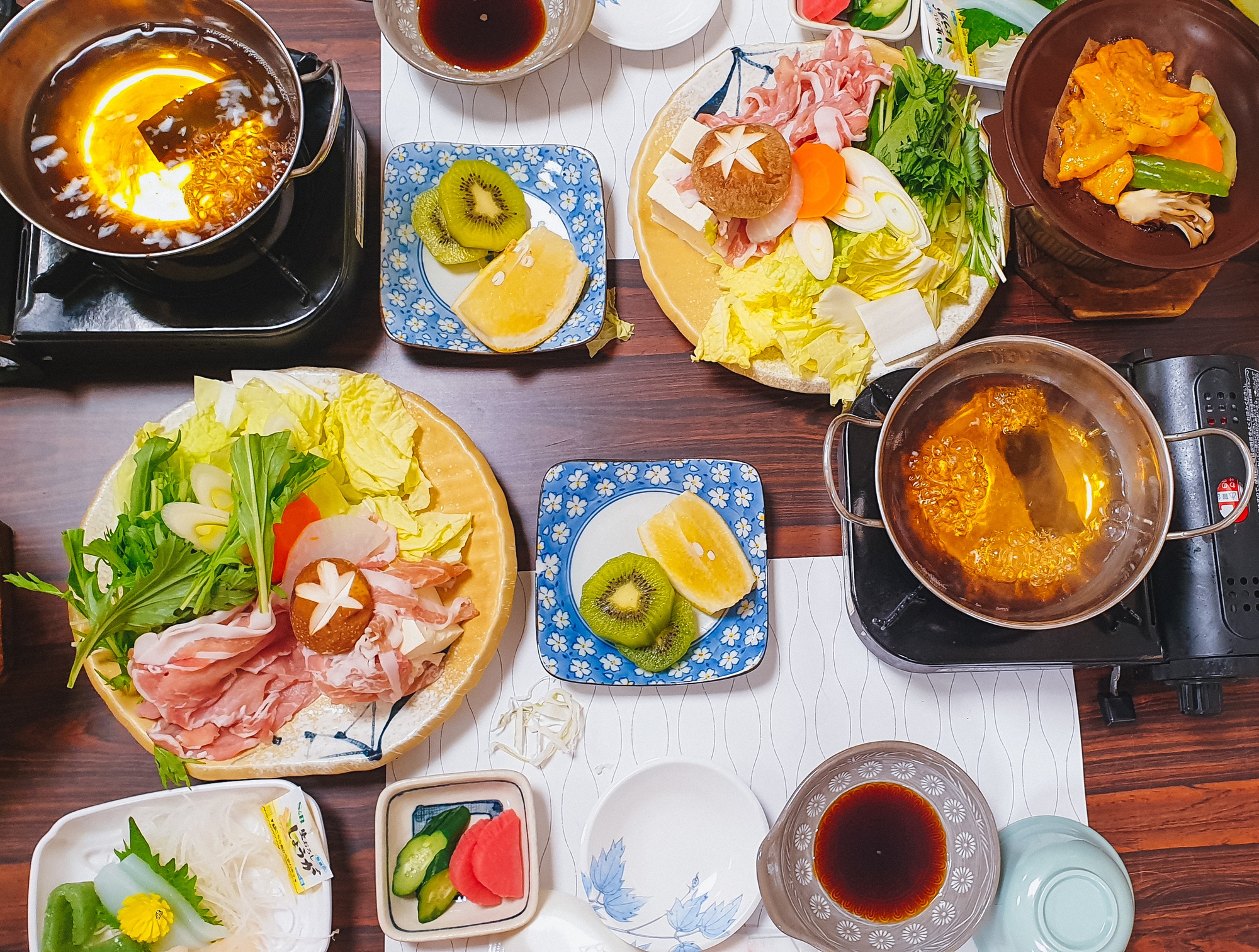
Dip the fresh meat slices in one by one. The sweet broth, cooked with cabbage, seaweed, and shiitake mushrooms, is very good for your health.
Sashimi
The main ingredients of sashimi are fish such as salmon, tuna, mackerel, basa fish... Besides, octopus, shrimp, squid... are also very suitable to be processed into this unique dish.
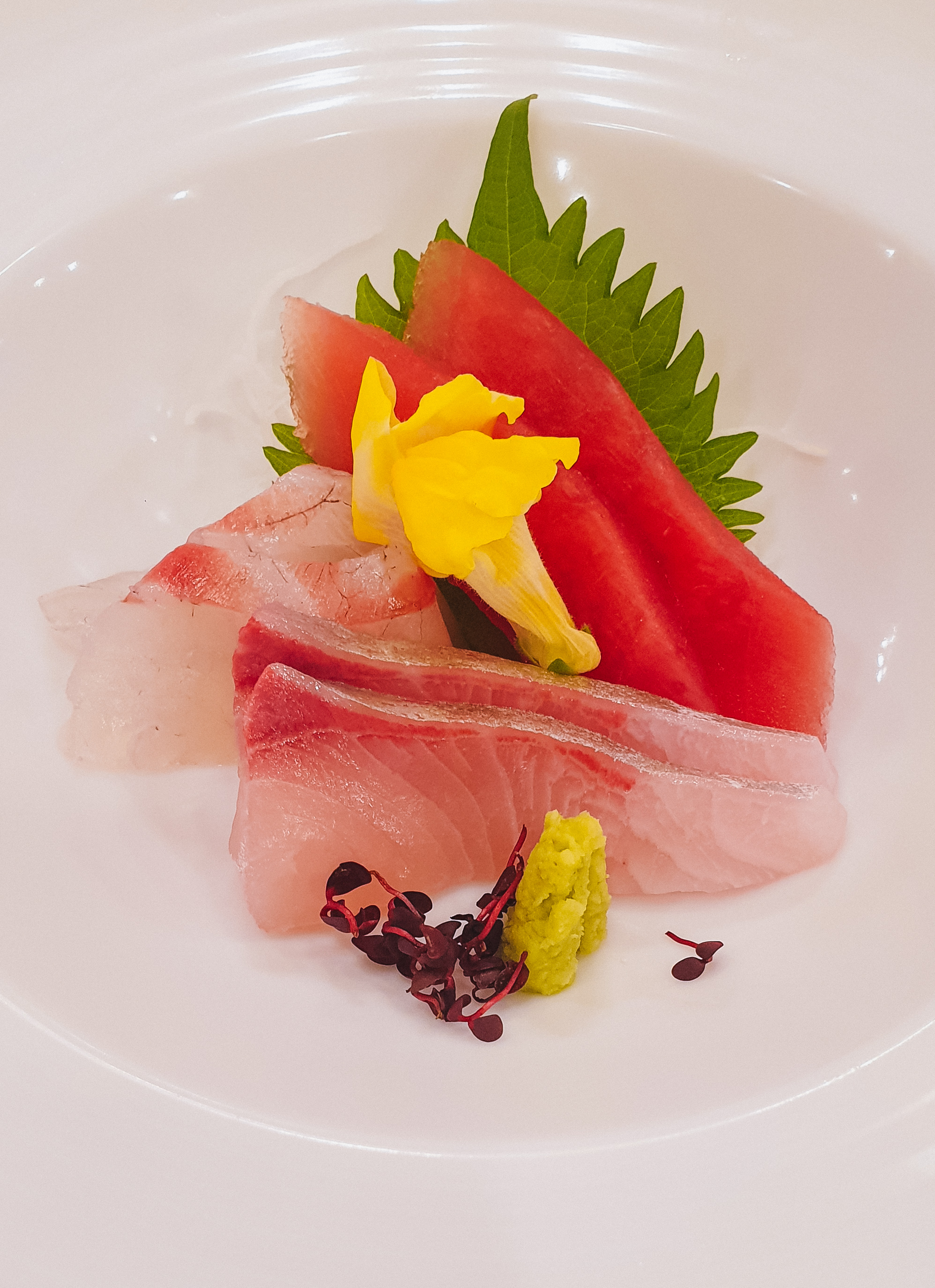
Tuna sashimi has a distinctive delicious flavor. Fresh tuna slices dipped in wasabi and fragrant soy sauce will truly awaken all the senses. Meanwhile, orange sashimi brings white fish pieces with a strange pink tint. The first feeling when eating sashimi is the spicy taste that hits the nose, followed by the salty taste of soy sauce and the sweet, fresh taste of raw fish.
Aizu Regional Cuisine
Kozuyu soup is a traditional dish of the Aizu region (the mountainous western region of Fukushima prefecture), often served during holidays, New Year's or important parties. Fukushima dishes are often prepared according to the season and use minimal spices to preserve the purest flavor of each ingredient.
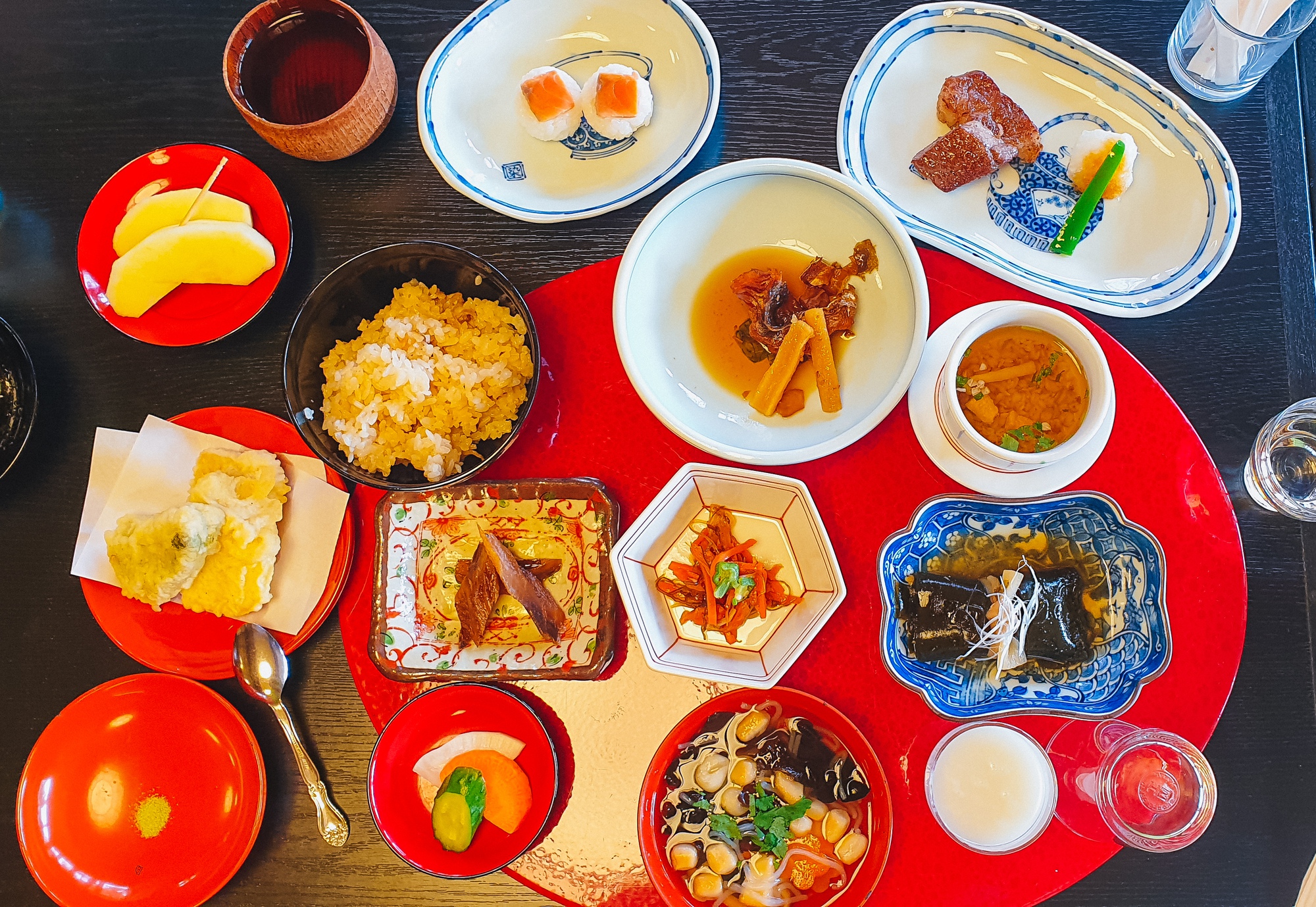
Kozuyu soup consists of scallops, dried shiitake mushrooms, ginkgo, wood ear mushrooms, and vegetables. According to local custom, the ingredients used must be an odd number to bring good luck. The combination of the dried scallop broth and mountain vegetables makes the soup have a wonderful flavor.
Snow crab
Visitors to Japan from November to March should not miss snow crab, because this is the time when crabs are most abundant and delicious.
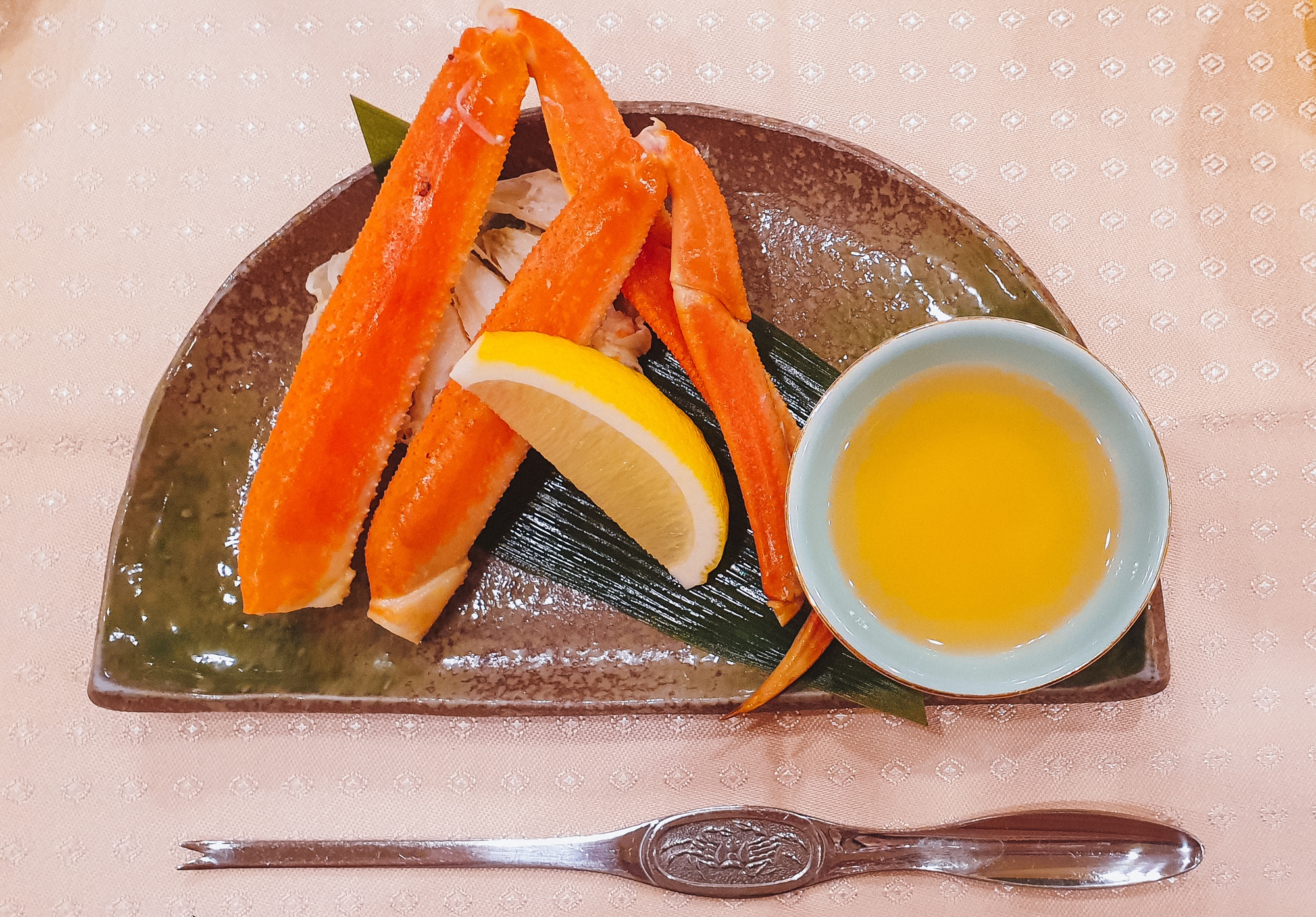
Snow crabs have long, slender legs, a delicious flavor, firm meat, and high nutritional content. The Japanese enjoy snow crabs in many different ways: boiled, steamed, grilled, or hot pot.
Grilled Ayu Fish
The most popular Ayu fish dish in Japan is the fish skewered on bamboo and grilled with salt over charcoal. In addition to street stalls and tourist areas, this fish dish also appears on the menu of many Japanese restaurants in the summer.
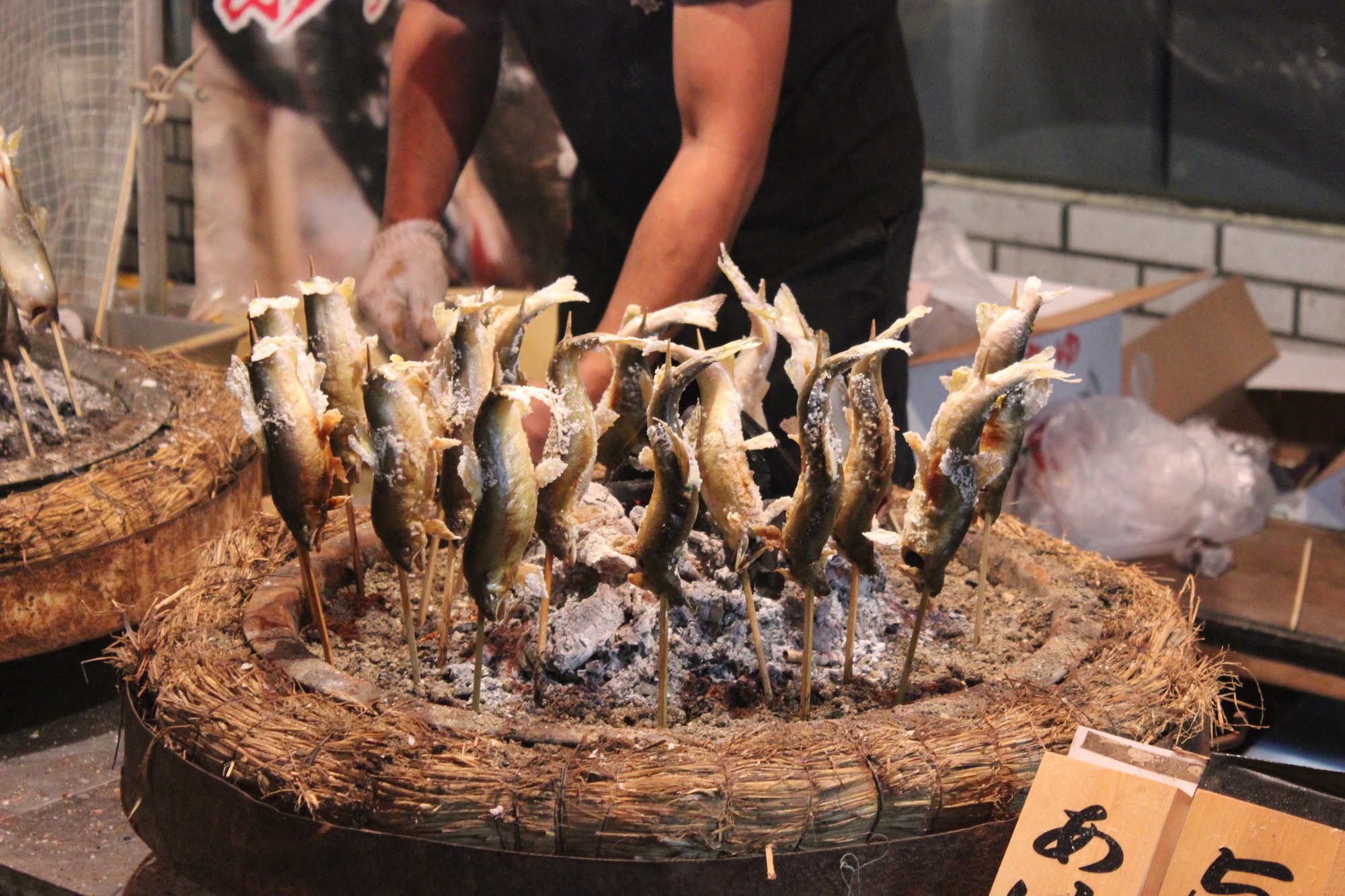
The Japanese often enjoy whole Ayu fish. The fresh taste of the fish, the charred aroma of the fish skin when grilled, along with the salty taste of salt, attracts diners from sight to taste.
Mentaiko Cod Roe Cream
Mentaiko is a spicy cod roe that is used in a variety of Japanese cuisines. Mentaiko dishes include onigiri, sliced mentaiko, sushi, sandwiches, dumplings, and even ice cream.
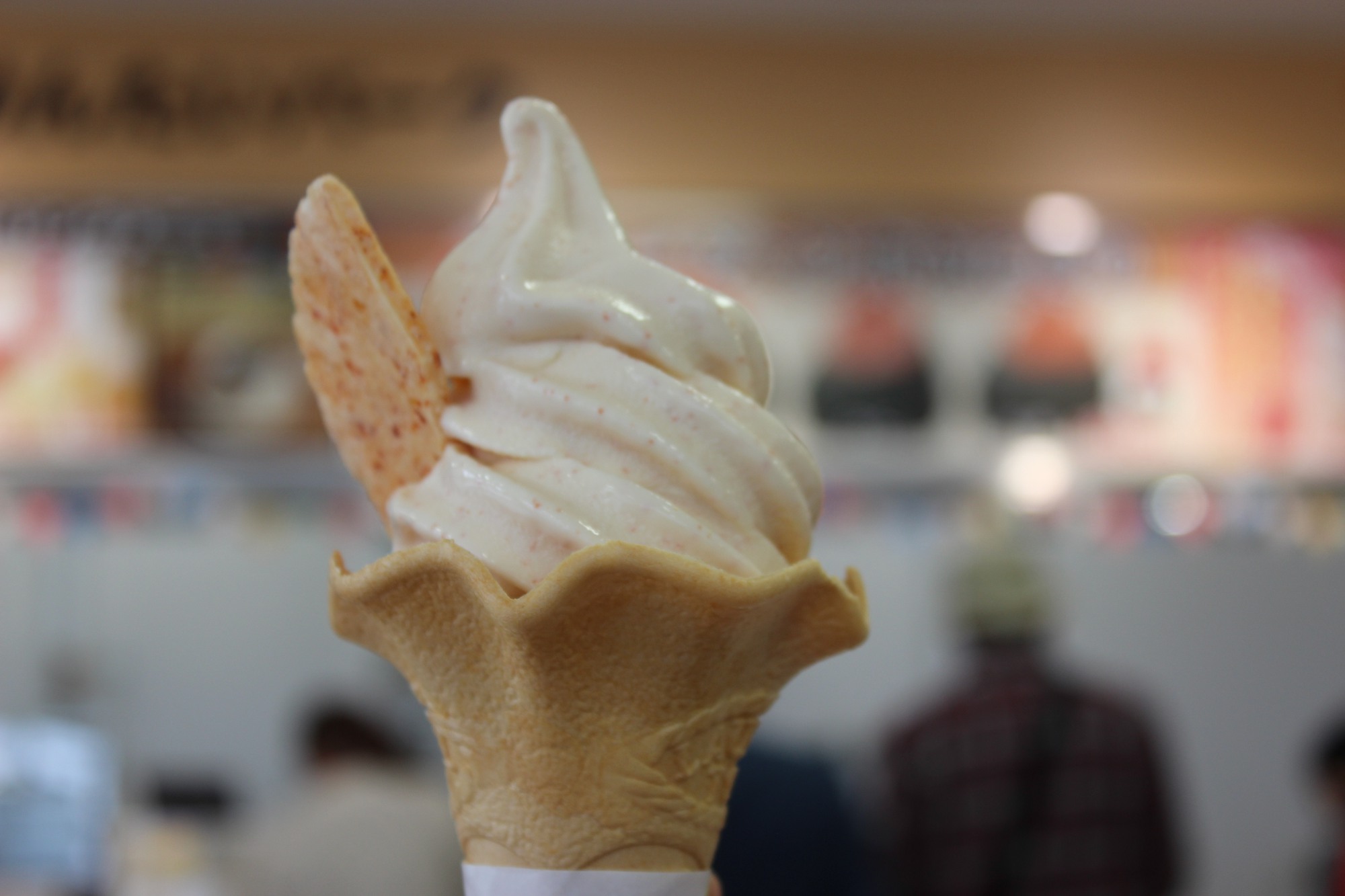
At Oarai Mentai Park (Ibaraki Prefecture), visitors can observe the production process and taste foods made from mentaiko, including snacks and ice cream. The unique cod roe ice cream with salted egg grains has no fishy taste but is fragrant and soft.
Baked goods
A baked cake made from a mixture of eggs and flour, molded into the shape of Japan's famous "robot cat from the future". The cake has a fragrant, slightly sweet taste, and is sold mainly at street festivals.
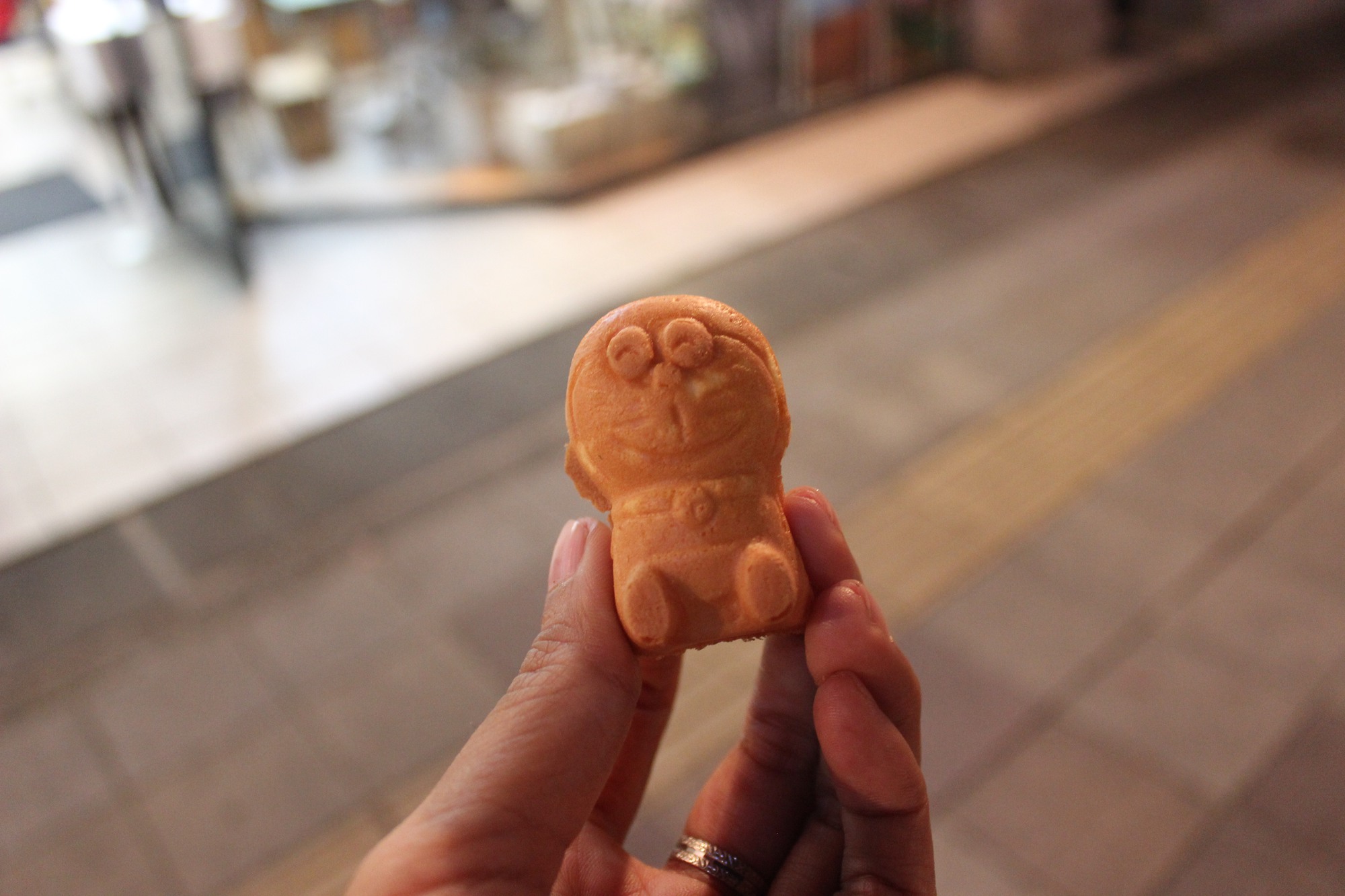
Source


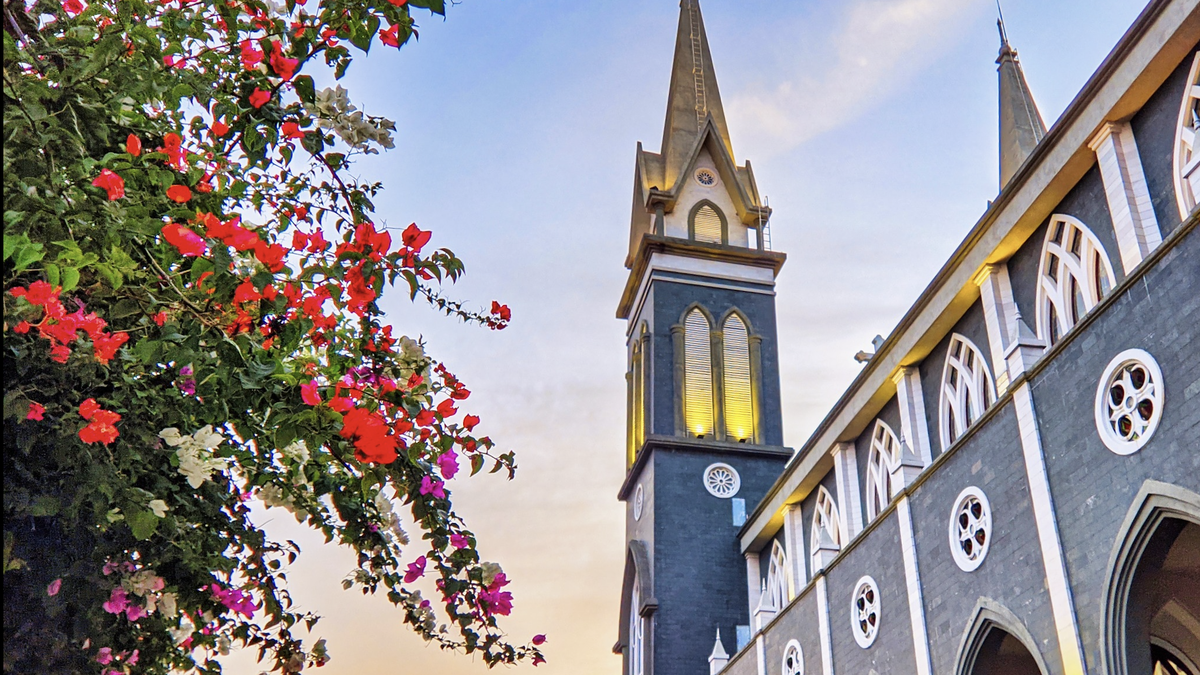
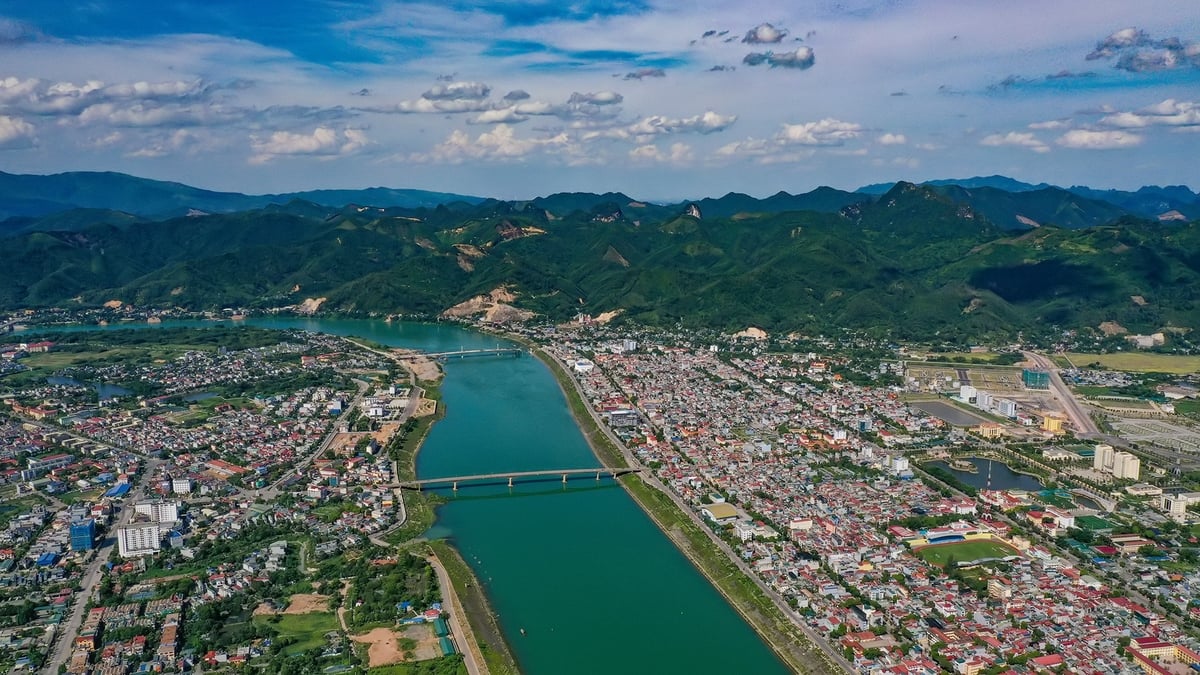



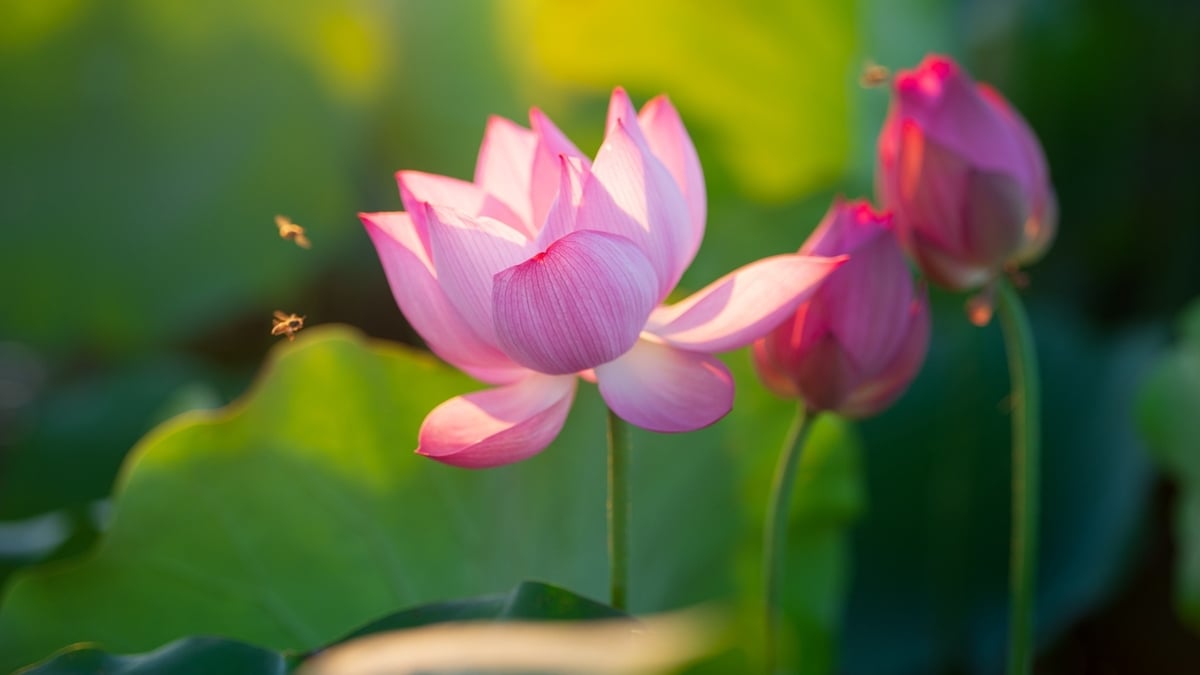
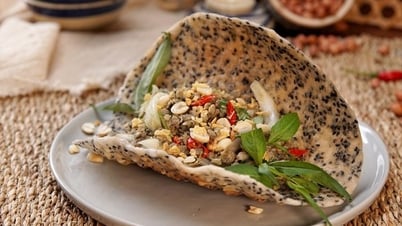

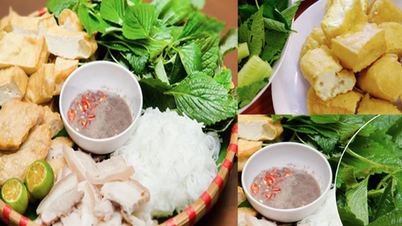
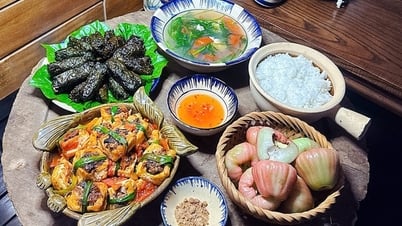
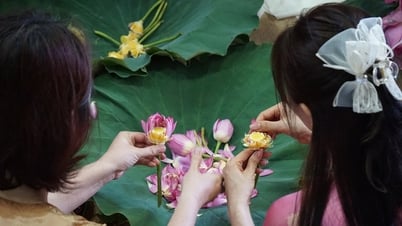

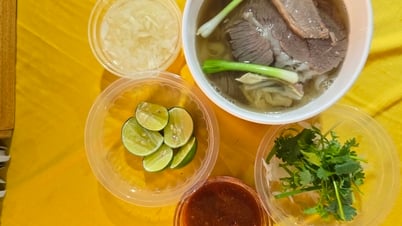















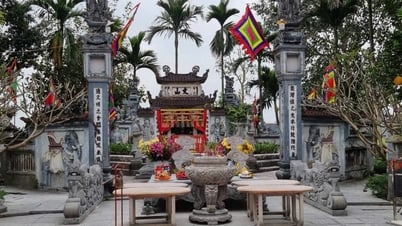

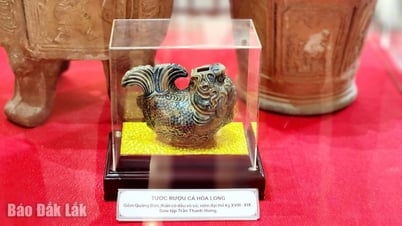

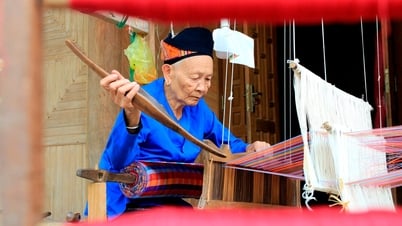














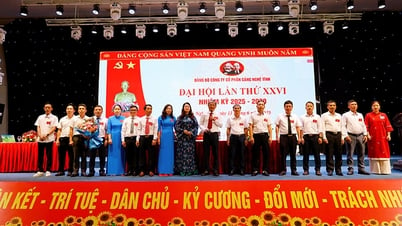


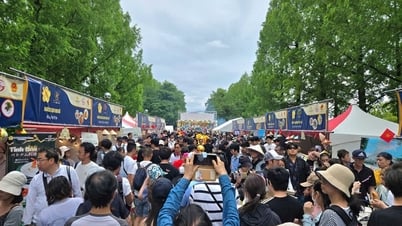













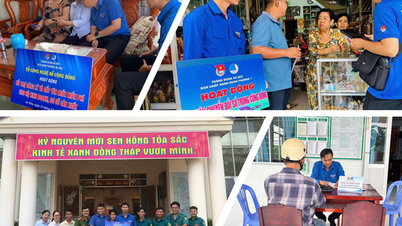



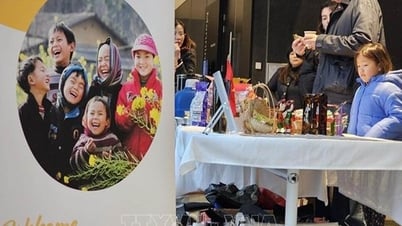
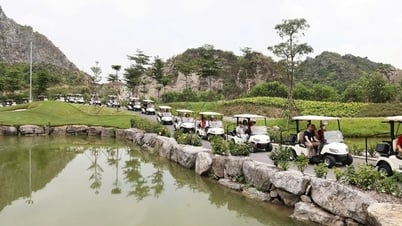











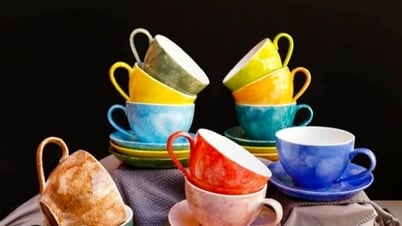









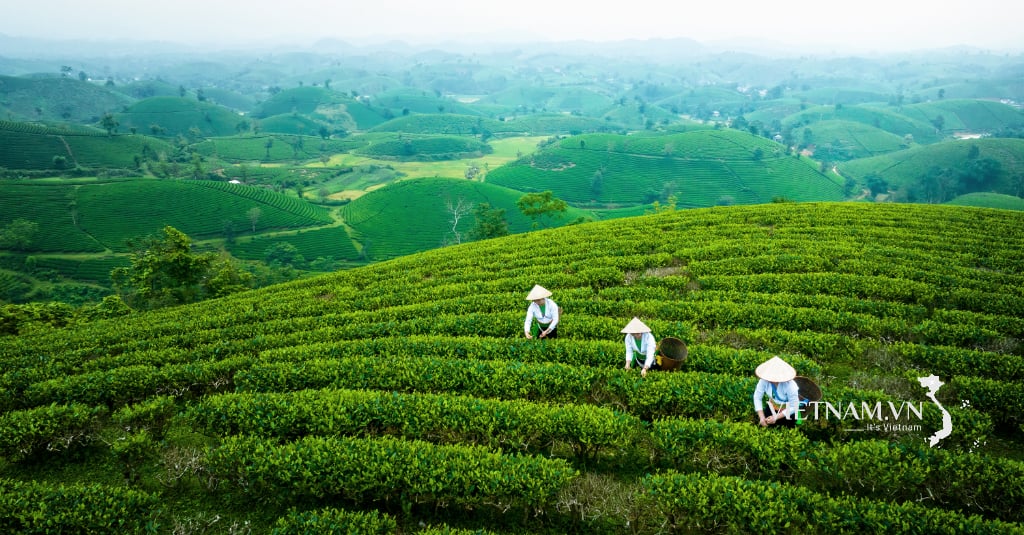

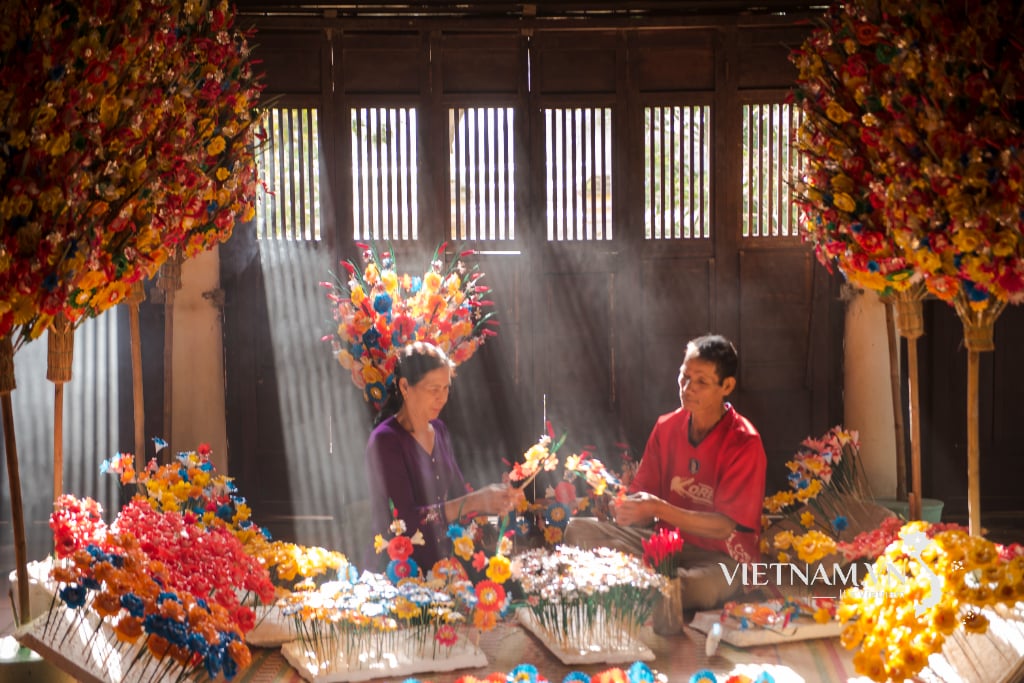
Comment (0)